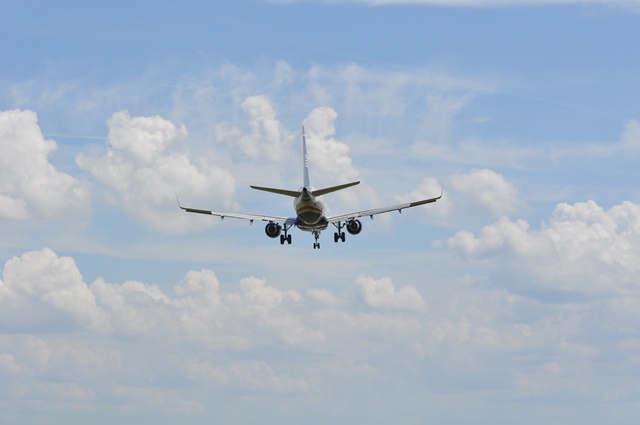ICAO"™s 36-State governing Council has released final draft text of a Resolution to be put before the UN agency"™s triennial Assembly later this month on a global market-based measure (GMBM) aimed at keeping global net CO2 emissions from international aviation at 2020 levels. The new text moves away from a mandatory scheme from the beginning to a voluntary pilot and first phase covering the first six years (2021-2026). The second mandatory phase, which would run from 2027 to the proposed end of the carbon offsetting scheme in 2035, would exempt least developed countries and those with the lowest share of international aviation activity. However, all ICAO Member States are "strongly encouraged to voluntarily participate as early as possible." Some countries have already announced their participation but attention will now be focused on the intentions of the major aviation carbon emitters.
If adopted by the 191 ICAO Member States, the scheme "“ to be known as CORSIA (Carbon Offsetting and Reduction Scheme for International Aviation) "“ would be the first-ever global agreement covering international emissions from an entire industry sector, said an ICAO spokesman. The phased approach is designed to accommodate and reflect the differentiation in the maturity of aviation markets between developed and developing countries.
The purpose of the pilot phase, which would apply from 2021 to 2023, is unclear, although it would allow participating States to determine themselves whether their aircraft operator"™ offsetting requirements should be based on its emissions in a given year (2021, 2022 or 2023) or in 2020. The Council"™s working paper for the Assembly that contains the draft Resolution notes that some States "“ known to be developing States, including China and India, along with Russia "“ wanted offset requirements during this phase to be calculated on the basis of Nationally Determined Contributions, as used under the Paris Agreement.
The first phase would run from 2024 to 2026 and could include new participants that can voluntarily join on January 1 of any given year, having provided six month"™ notice, but conversely existing participants could opt out of the scheme on a similar basis. The ICAO Secretariat would be required to publicly announce information on States that have volunteered to participate in the pilot and first phases. A proposal to list volunteering States in an annex to the Resolution has not made it through to the final draft text.
The new text now stipulates that regarding the baseline emissions of operators to calculate the annual increase of emissions, and therefore to calculate offsetting requirements, the average of 2019 and 2020 emissions should be used, rather than 2020 emissions as in previous versions. The revised text also allows for the concept of a dynamic approach for the distribution of offsetting requirements starting with a 100% sectoral rate (based on the sector"™s overall emissions growth) up until 2029 before an individual rate (based on the individual operator"™s emissions growth) of at least 20% would be applied from 2030 to 2032 and at least 70% from 2033 to 2035. The sectoral approach advantages fast-growing airlines in emerging markets over mature, slower-growth airlines and does not reward individual airline environmental performance.
The Resolution text calls for a review of the scheme by the Council every three years, starting in 2022, to determine its impact on aviation growth, how the scheme is contributing to the Paris Agreement"™s long-term temperature goals and whether design elements need changing. Environmental organisations will see the reviews as an opportunity to ratchet up the stringency of the scheme in line with global climate aspirations. A special review in 2032 would determine the scheme"™s future after 2035…



